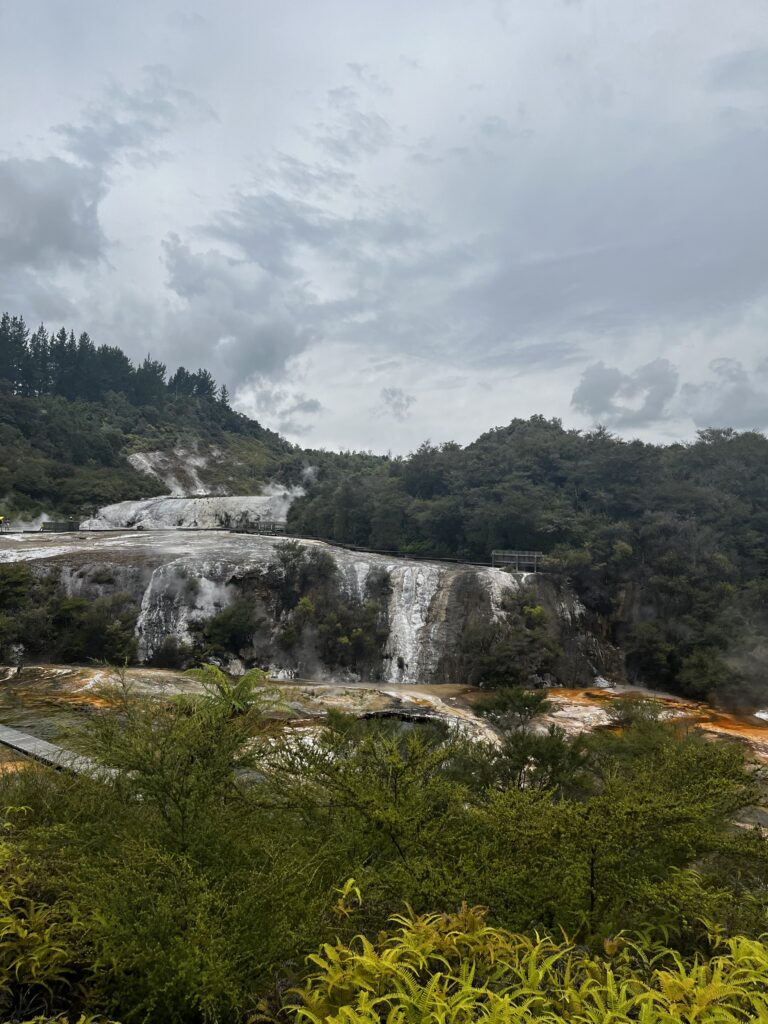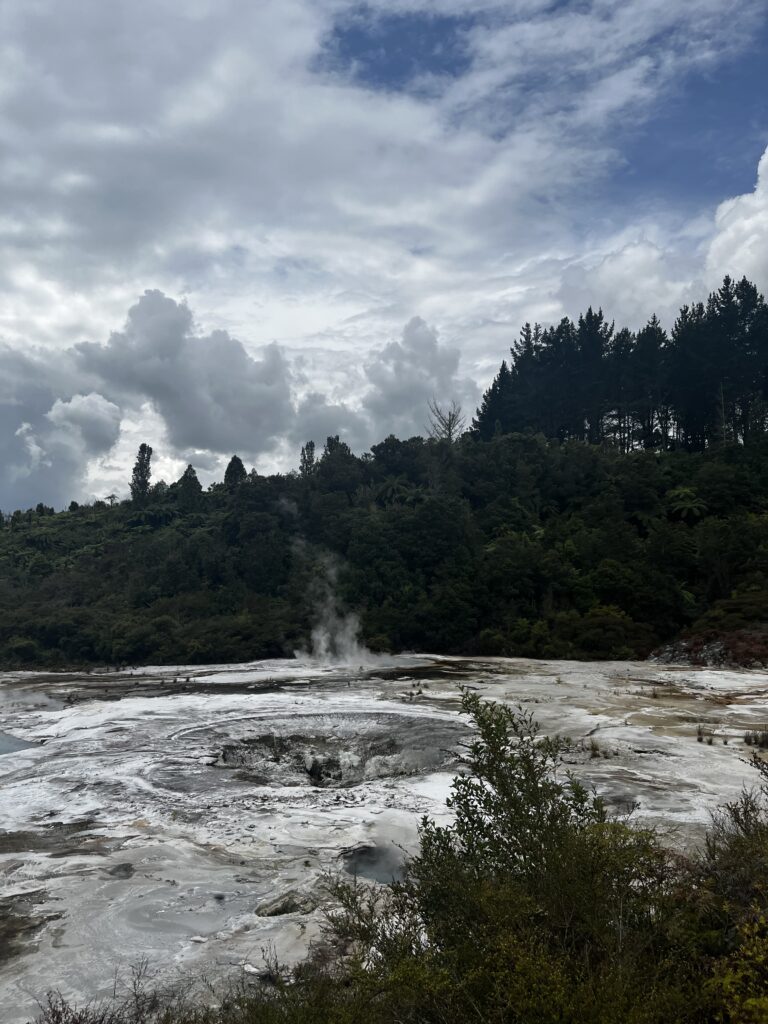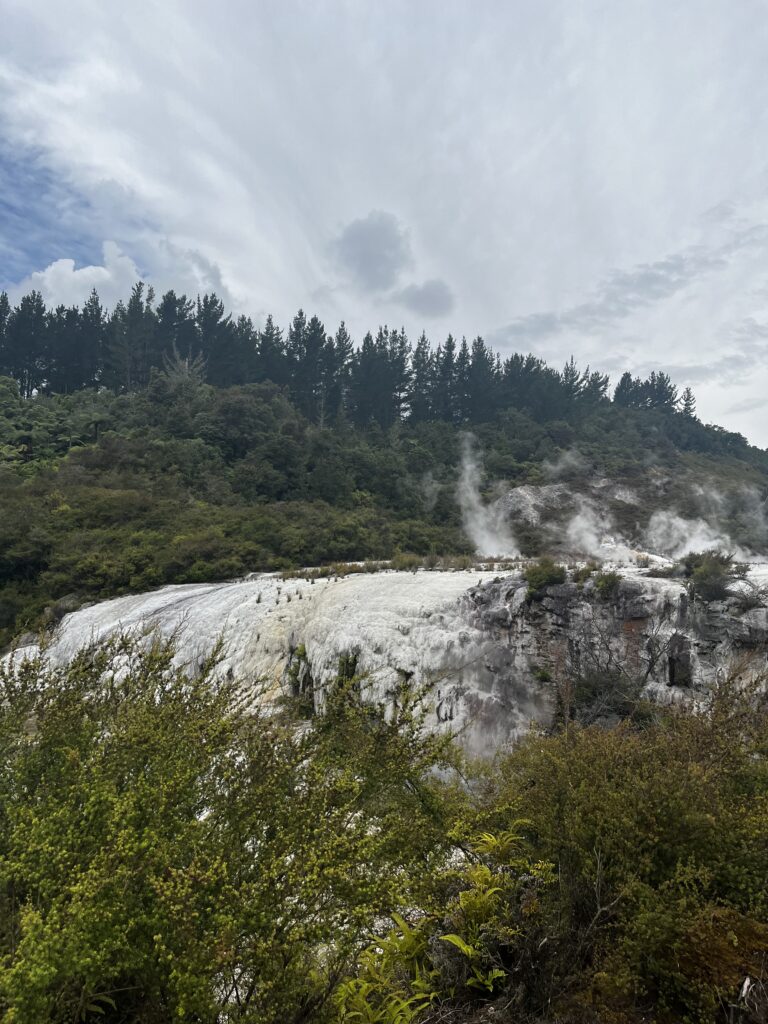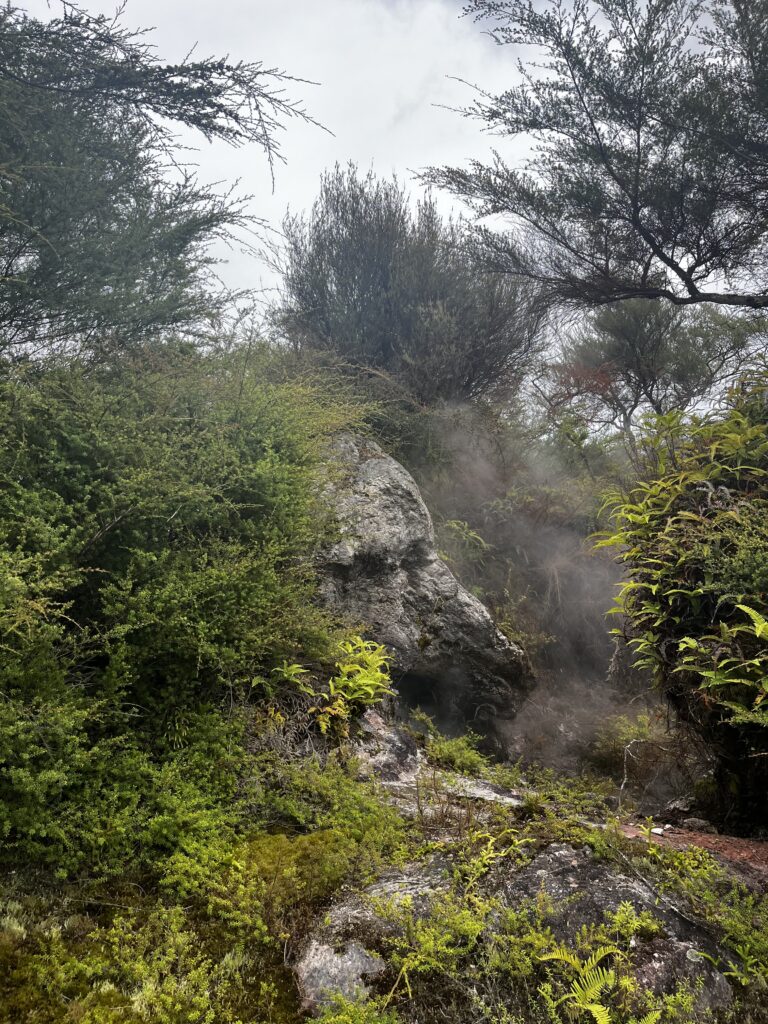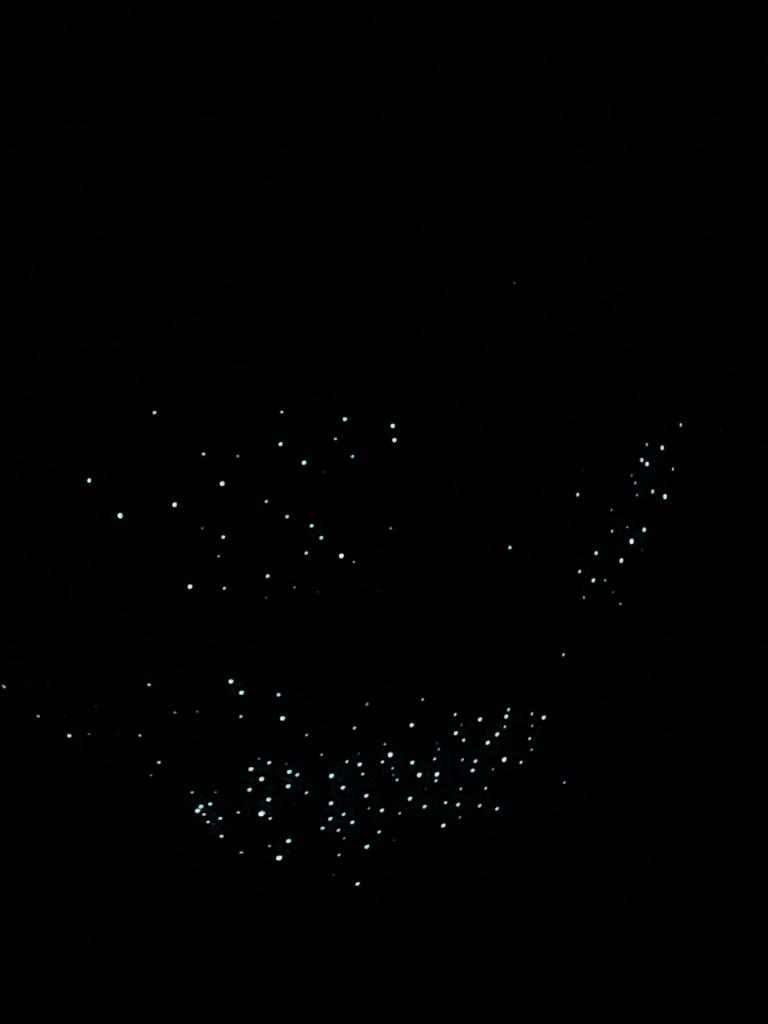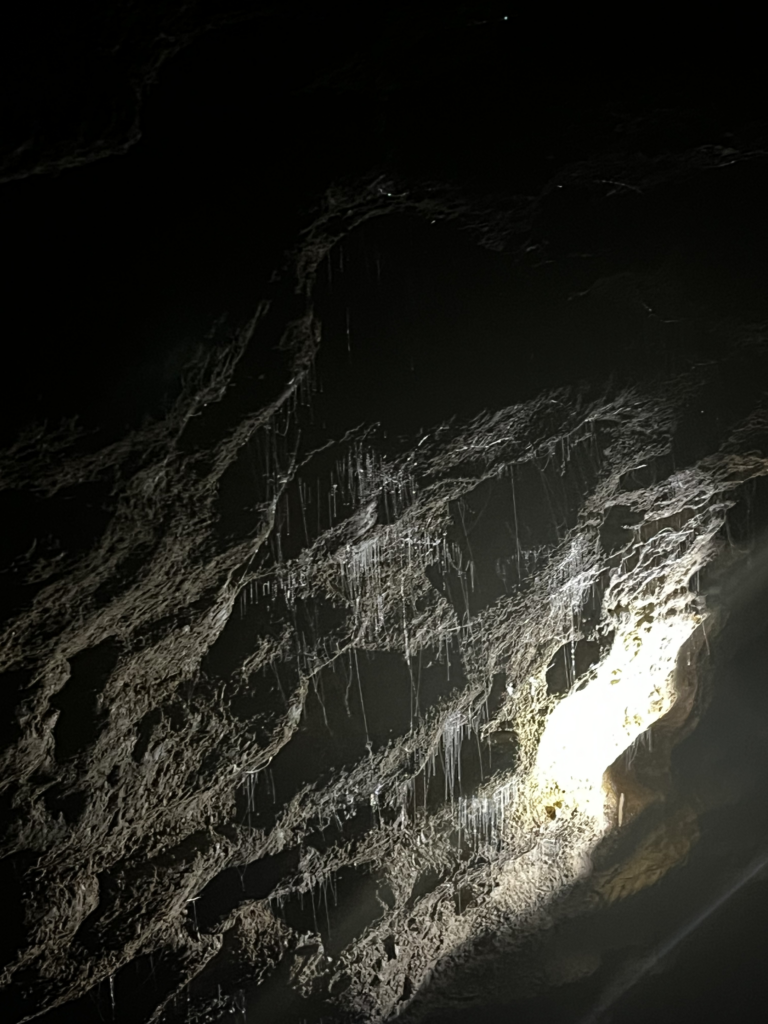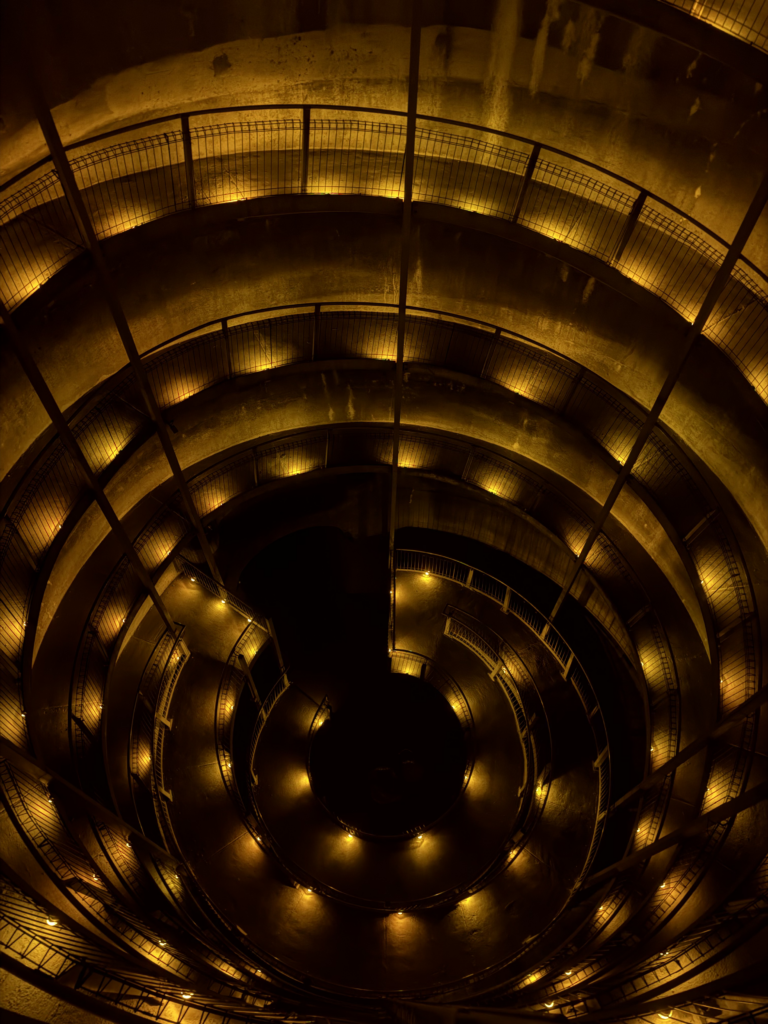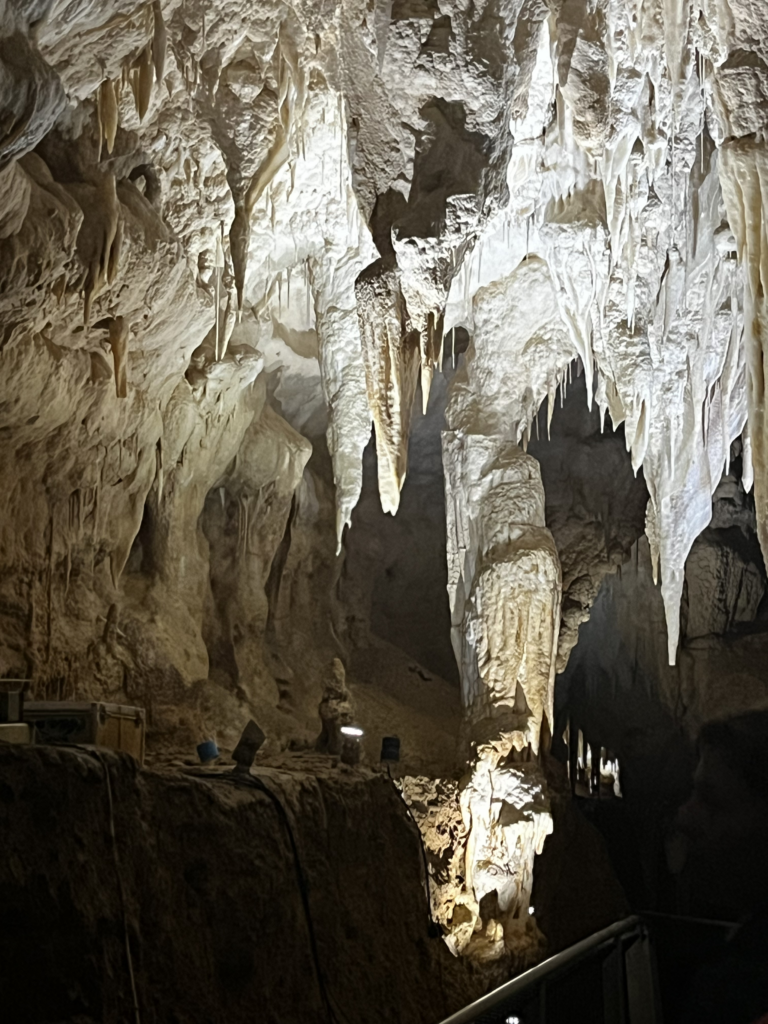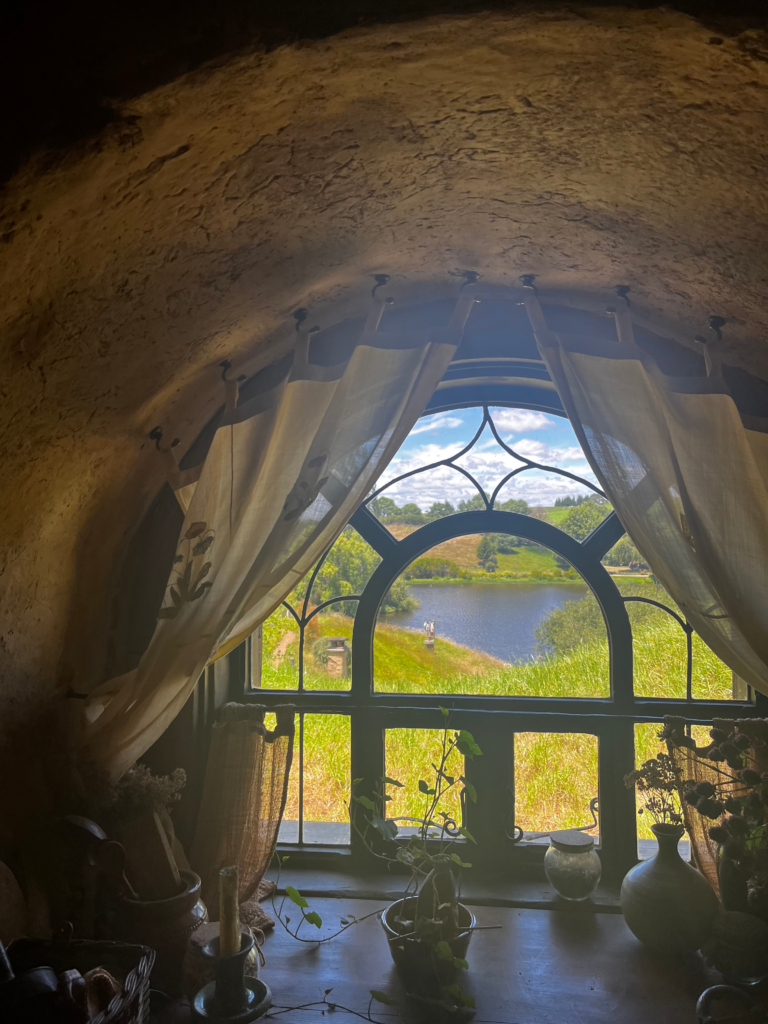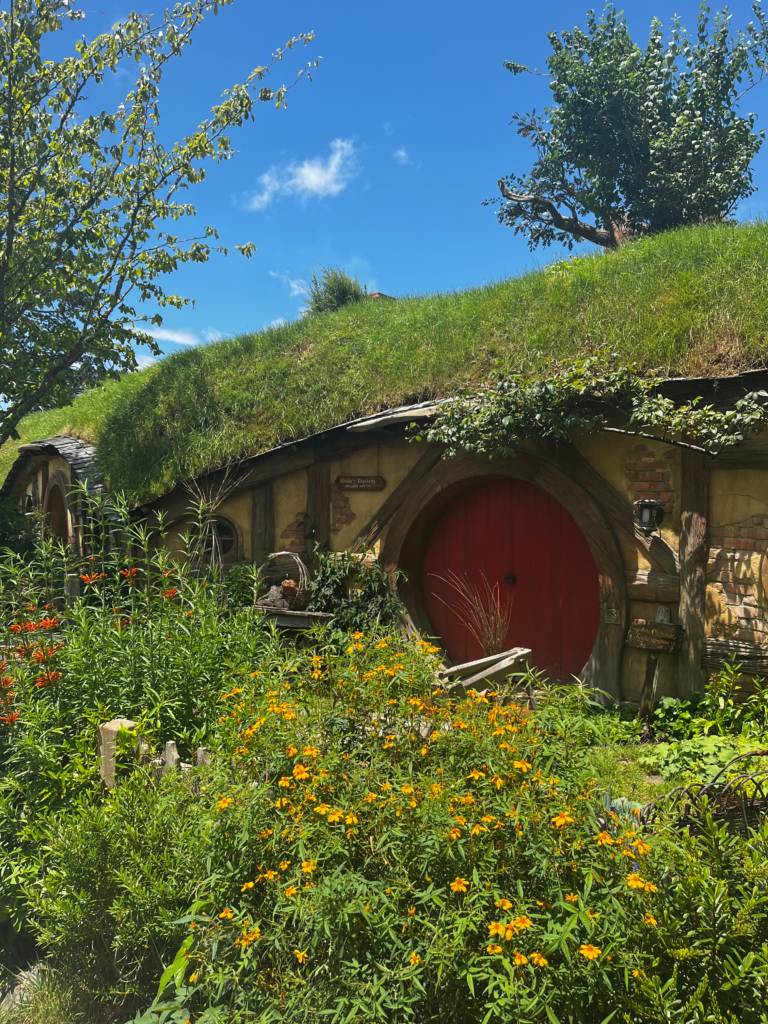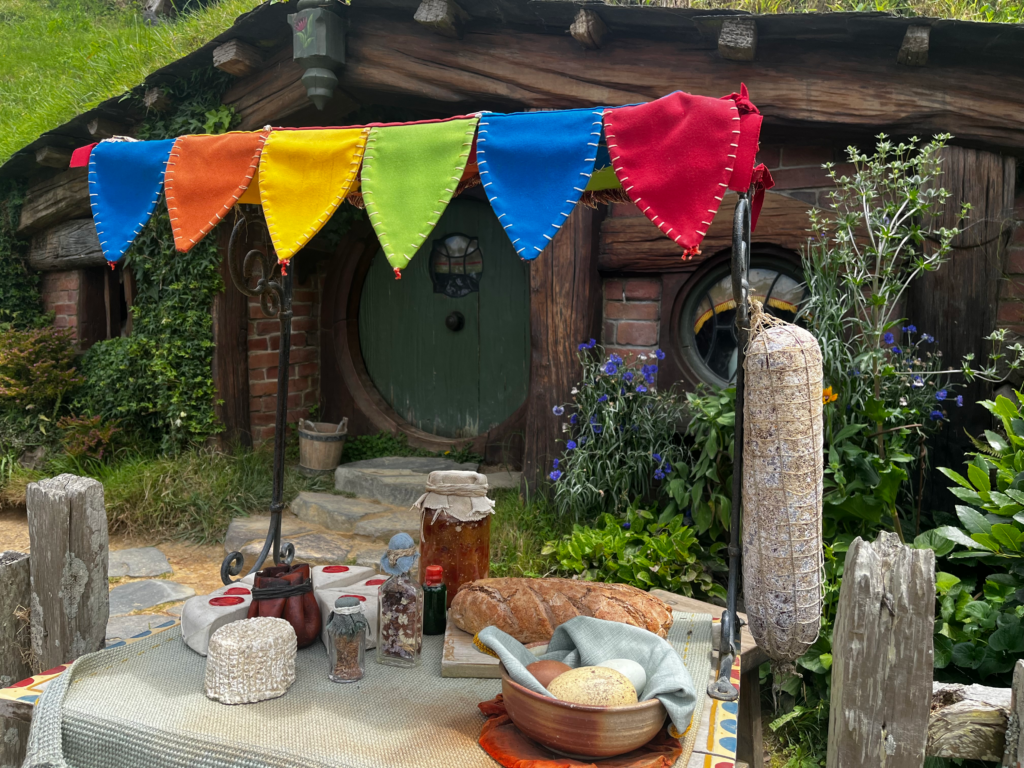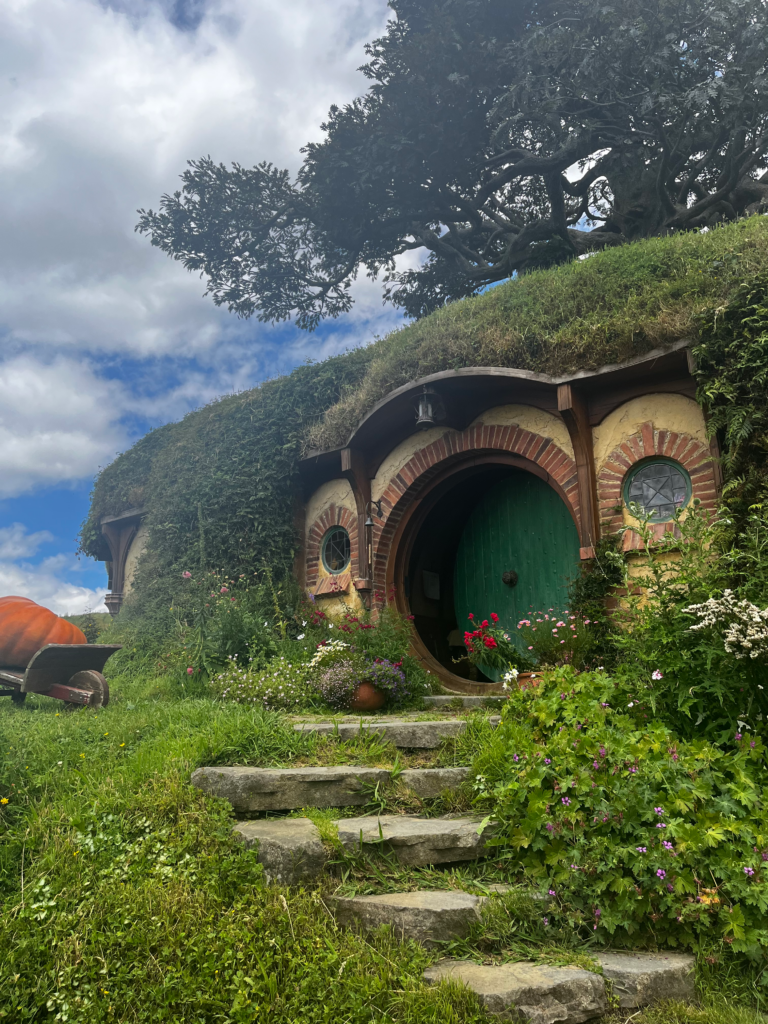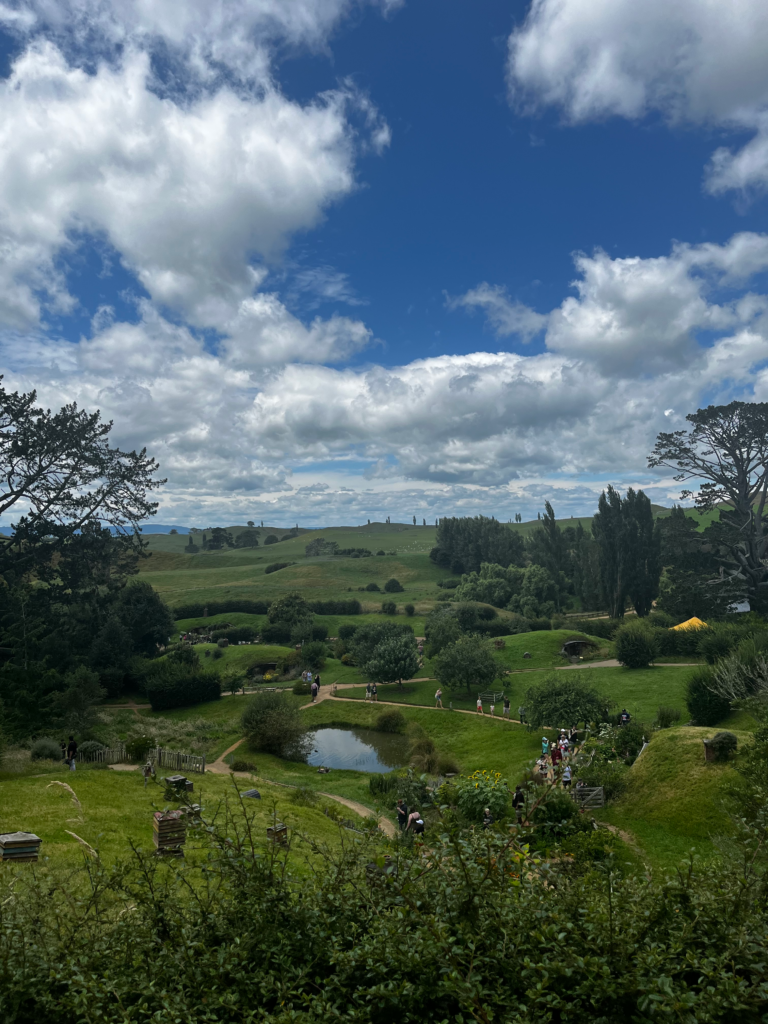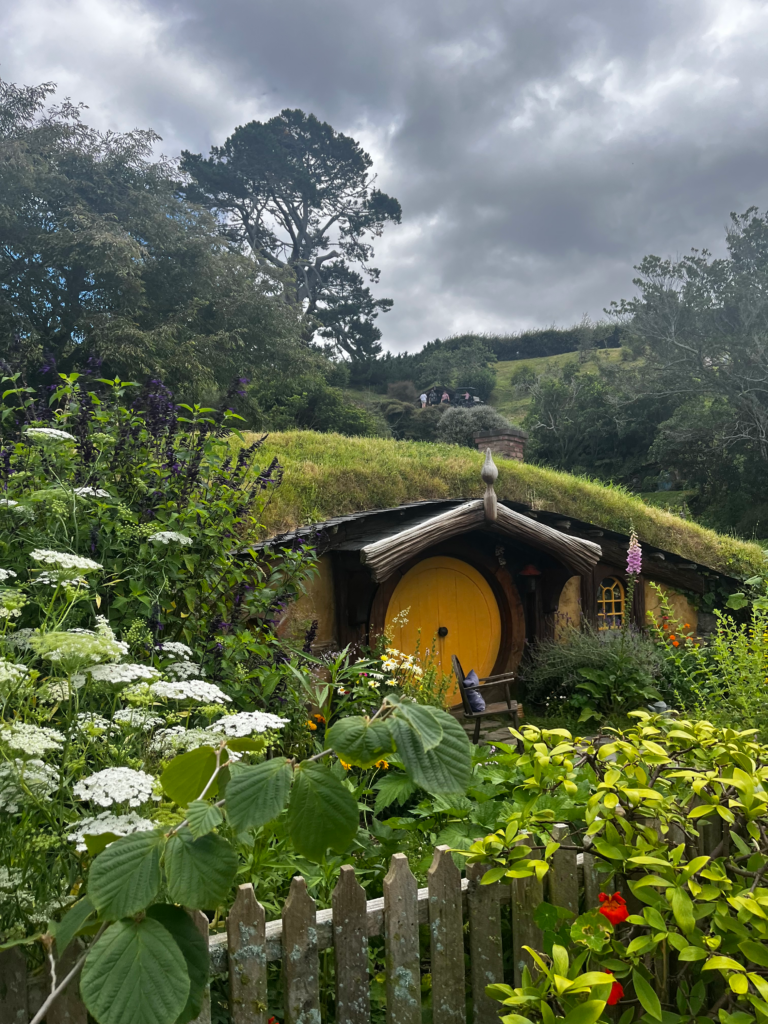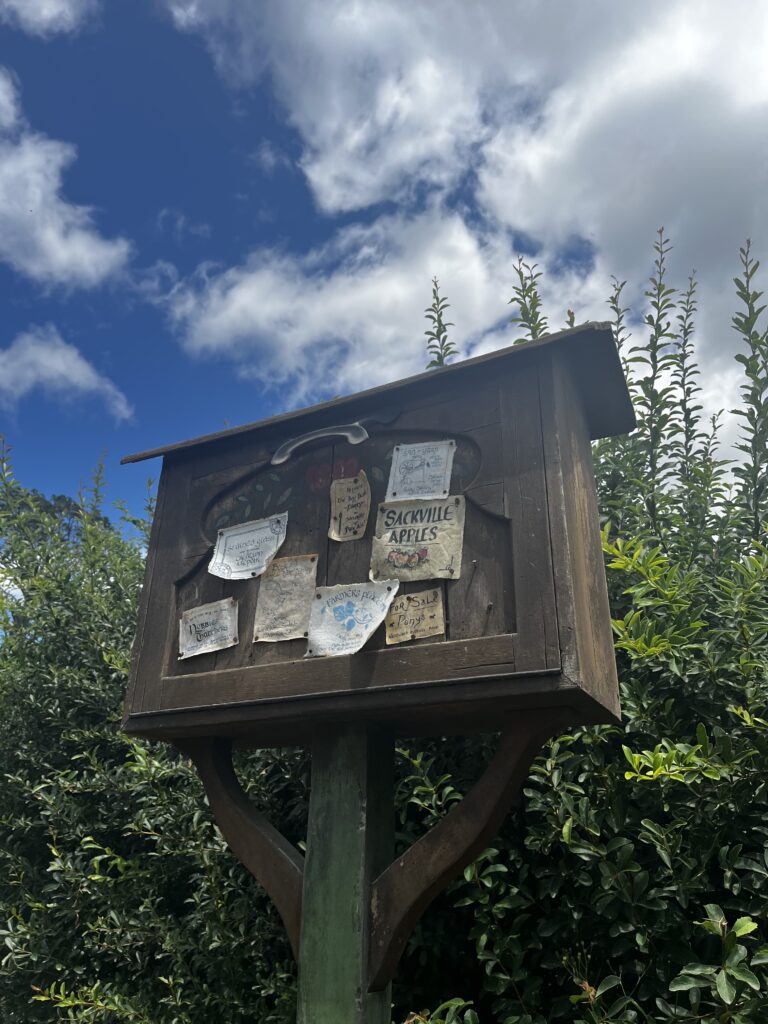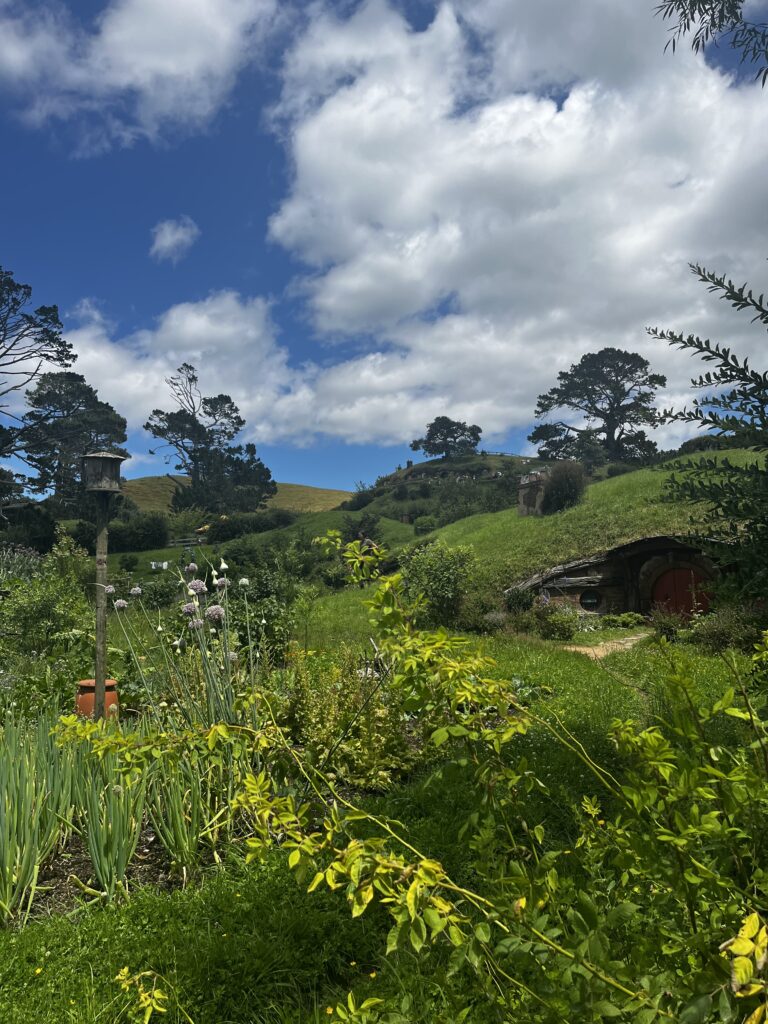While in New Zealand, we decided to explore the geysers- hot springs that erupt due to the pressure of gases below. We explored both the geysers at Rotorua and at Taupo and they were both magnificent!
First, at Rotorua, we visited Te Puia, which also housed the New Zealand Māori Arts and Crafts Institute and a Kiwi Conservatory. We started off by getting to see the bubbling mud, which is known for having medicinal properties. After that, we headed to the Kiwi Conservatory. The conservatory was kept dark and quiet, as kiwis are sensitive to light and noise. We weren’t allowed to take photos, but it was definitely a unique experience, as kiwis only live in New Zealand. Then, we saw the geysers, the main one being the Pōhutu geyser. Finally, we concluded with a performance of the traditional Māori war dance, which was really cool to see!

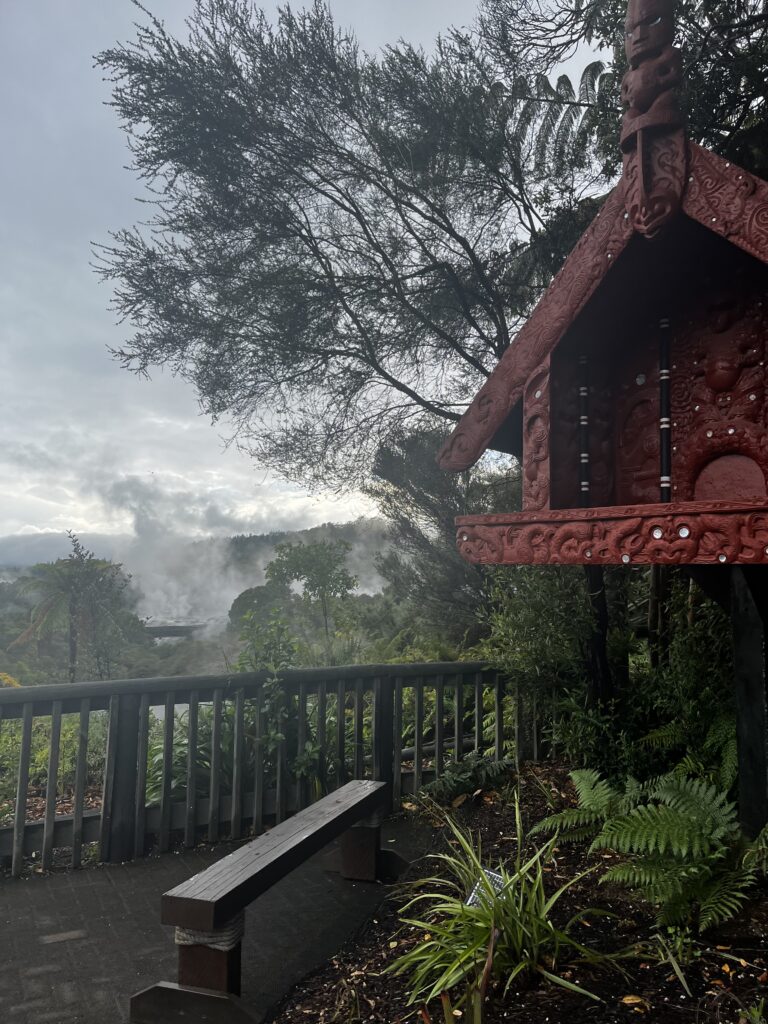
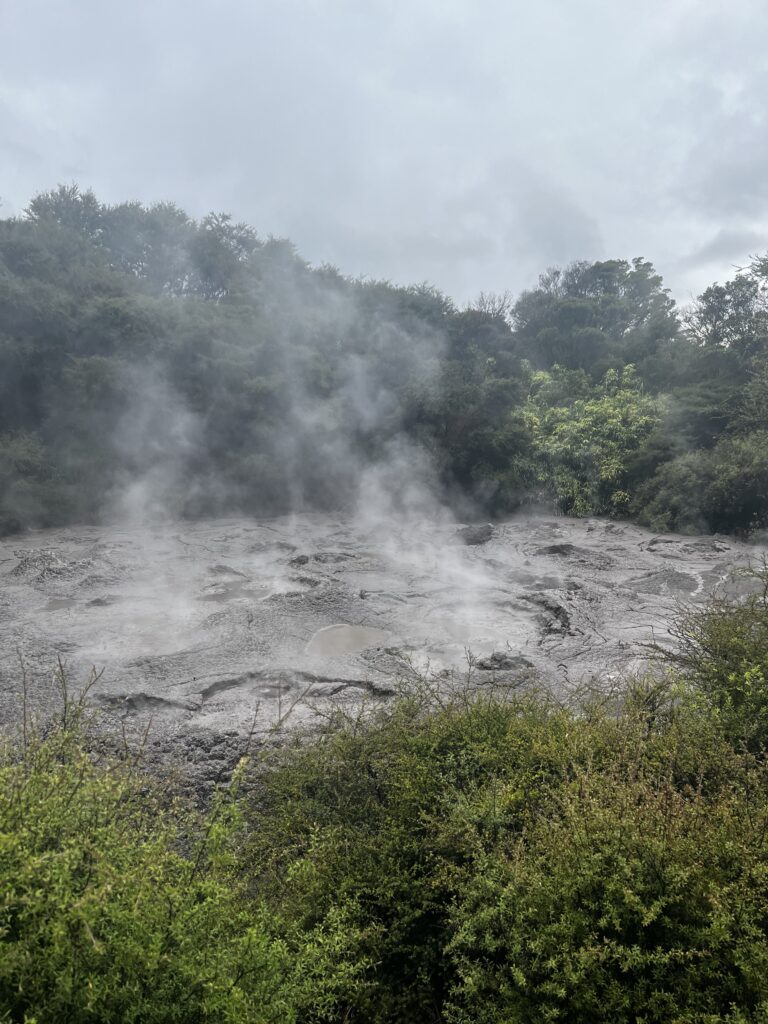
After this, we went to Lake Taupo. The lake is unique as the whole area was formed by a series of explosions. The explosions formed a crater, which was filled by water, forming the lake. The lake itself is quite large, roughly the same size as Singapore. We took a floatplane, a small plane that takes off and lands in water, from this lake to another geyser- the Orakei Korako Cave & Geothermal Park. The park was lush, full of tropical foliage, and geysers ranging from big to small. It was a great experience!
